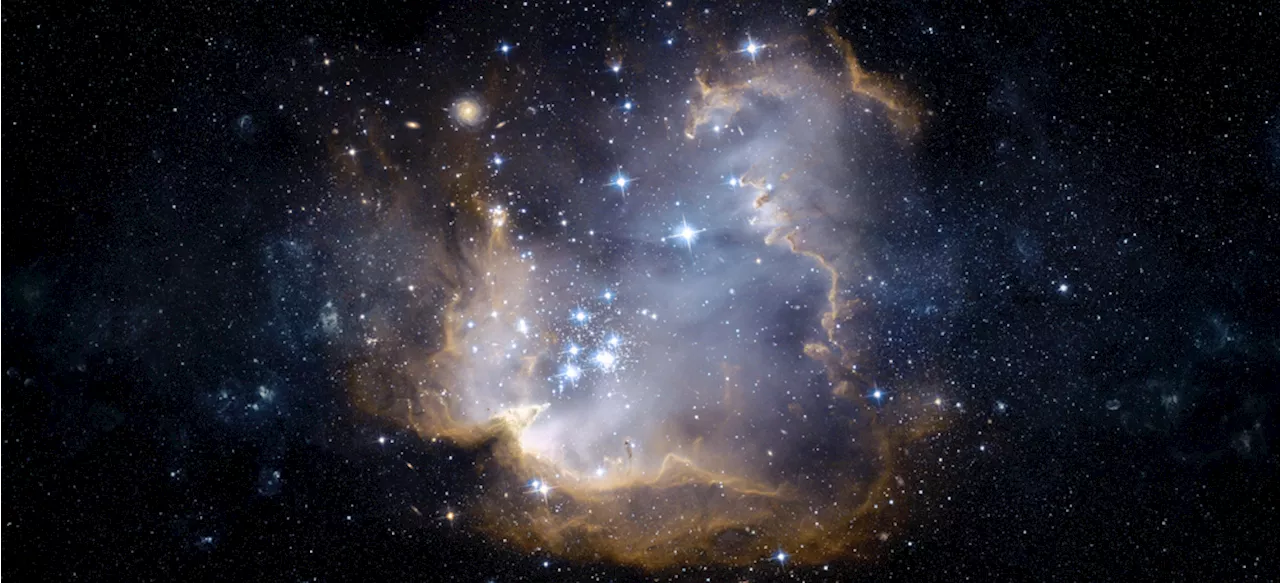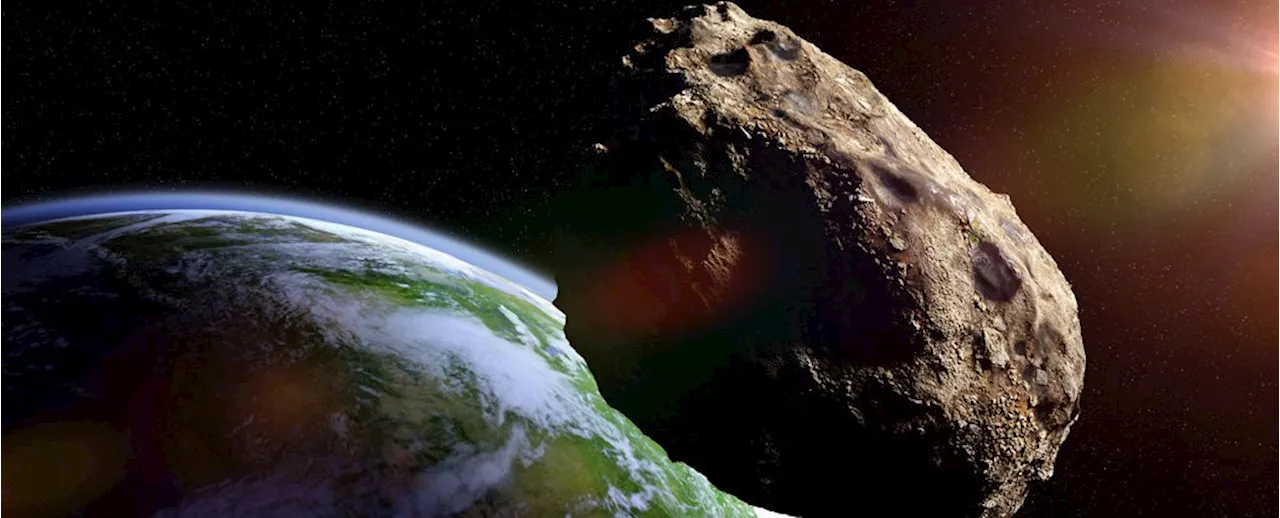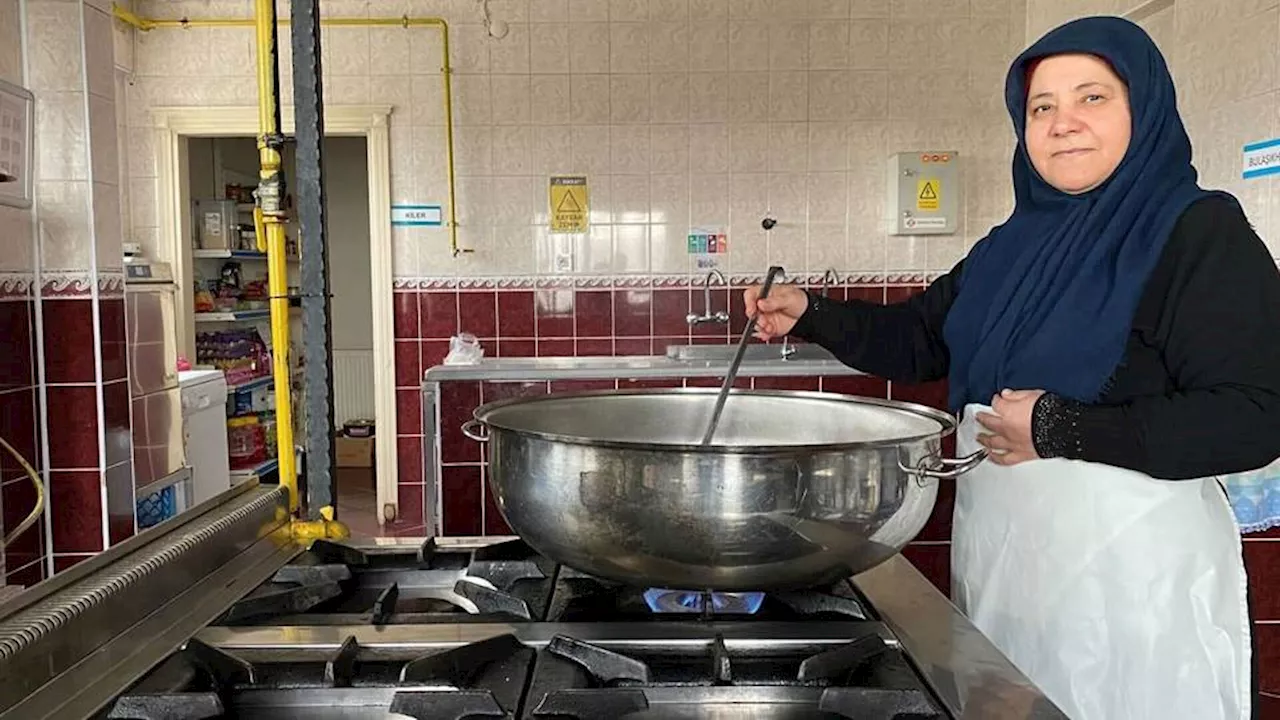Two years after the devastating earthquakes that ravaged Hatay, Turkey, Havva Karabay recounts her personal journey of grief, loss, and the enduring strength of the human spirit. Her story sheds light on the profound impact of the disaster, not only on physical structures but also on the cultural fabric and collective memory of the region.
When they told me Hatay was no longer on the map as it used to be, I felt like I had lost everything — my childhood, my adulthood, my entire existence,' says Havva Karabay. Karabay's childhood is deeply rooted in Antakya’s vibrant community and the rich spiritual heritage of her parents. Of all the chaos and mayhem after the deadly earthquakes that hit Türkiye and Syria on February 6, 2023, that’s one of the most enduring memories that have stayed with Havva Karabay.
Karabay is from Antakya, a city in Hatay, a province that was the worst hit by the massive seismic jolts. So many people were killed there that authorities had to build graveyards on a hill to bury the dead. But on the fateful day, Karaby, a mother of 4, was on a holiday trip in Istanbul. 'I remember waking up to a flood of missed calls,' she says.'I couldn’t reach my family. I didn’t know if my children, my husband, or my relatives were alive.''He had borrowed someone’s phone, said he was okay but had to save battery for others. That was all he could say before the line was cut off.'Karabay is from Antakya, a city in Hatay, a province that was the worst hit by the quakes Her husband and son were in the same building but lost each other in the chaos.'My husband held my son back from running outside. He said, ‘If I hadn’t held onto him, he might not have survived.’ The roof collapsed. Cars in the parking lot were crushed. My house—the place where I raised my children—was gone,' she says.'My son told me, ‘Mum, someone gave me a pair of socks. I put them on my hands because it was freezing. That was the moment I realised how precious a single pair of socks could be.’' The devastating series of earthquakes that struck southeastern Türkiye and Syria, marked the region’s deadliest seismic disaster in two decades and claimed over 53,000 lives. Two years have passed, yet the impact of the catastrophe remains deeply felt. Many continue to mourn the loss of their loved ones and the destruction of their cities. The twin earthquakes, measuring magnitudes 7.7 and 7.6, caused widespread destruction in 11 provinces in Türkiye: Adana, Adiyaman, Diyarbakir, Elazig, Hatay, Gaziantep, Kahramanmaras, Kilis, Malatya, Osmaniye, and Sanliurfa. For 51-year-old Karabay, the disaster did more than destroy buildings—it erased an entire way of life.'Before the earthquake, we were going swimming and having picnics with my friends. I can’t forget these memories,' she recalls. But from the rubbles of her previous life, Karabay dug out passion and strength to rebuild a life that she was destined to lead.Karabay's childhood was deeply rooted in Antakya’s vibrant community and the rich spiritual heritage of her parents. Her father was from Antakya, and her mother was from Kirikhan, a town renowned for the tomb of Beyazit Bestami, the revered Sufi mystic whose legacy of divine love and self-purification continues to shape the region's cultural and spiritual identity.She grew up in a household where food was more than sustenance—it was a way of life. 'I went to school until I was ten years old. After that, I spent my days with my grandmother and mother, learning how to cook in large cauldrons in the gardens. Anyone born in Hatay grows up surrounded by the richness of southeastern cuisine; for me, it was the same. I mastered cooking by preparing everything from scratch and using organic ingredients.' Her memories are filled with the scents and flavours of her homeland: the earthy aroma of freshly harvested olives, the sizzle of tepsi kebabi in the oven, the comforting warmth of asir, a traditional wheat and meat dish.'We didn’t have much, but we had each other. That was enough,' she says.The earthquakes claimed more than just buildings; they took lives, memories, and futures.'I lost count of how many people I lost,' Karabay says. 'Cousins, friends, entire families. There were people trapped under the rubble sending messages: ‘We are 32 people here. Please come save us.’ But we couldn’t. By the time help arrived, they were gone.'She speaks of a close friend who vanished that night.'A girl I knew sent a text to her aunt: ‘We’re here. We’re waiting.’ Then, silence.'In the weeks that followed, Karabay struggled to come to terms with the scale of the tragedy.'I couldn’t sleep, couldn’t eat. I couldn’t stand being in a warm room while my people were suffering. Every bite of food felt like betrayal.' 'For months, I felt like I was trapped in a dream, living inside an illusion. I would go outside, see the rubble, and realise the pain was beyond description. No words could ever explain it. My heart was burning.' 'Friends kept visiting, and I would see people on the street who reminded me of my lost loved ones. I would mistake strangers for them, or maybe I just wanted to believe they were still alive. I kept thinking this was a nightmare and that one day I would wake up, and everything would go back to norma
EARTHQUAKE HATAY TURKEY LOSS RESILIENCE COMMUNITY MEMORY DESTRUCTION HUMANITARIAN SYRIA
United States Latest News, United States Headlines
Similar News:You can also read news stories similar to this one that we have collected from other news sources.
 Man Sentenced to 69 Years for Child Sex Abuse Over Seven YearsA Passaic County man was sentenced to 69 years in prison for sexually assaulting a child multiple times over nearly seven years. The abuse took place from October 2013 to August 2020 in multiple homes in Passaic. Bernal also attempted to bribe witnesses to recant their statements.
Man Sentenced to 69 Years for Child Sex Abuse Over Seven YearsA Passaic County man was sentenced to 69 years in prison for sexually assaulting a child multiple times over nearly seven years. The abuse took place from October 2013 to August 2020 in multiple homes in Passaic. Bernal also attempted to bribe witnesses to recant their statements.
Read more »
 Ice age Europeans as young as 10 years old rocked cheek piercings 30,000 years agoKristina Killgrove is a staff writer at Live Science with a focus on archaeology and paleoanthropology news. Her articles have also appeared in venues such as Forbes, Smithsonian, and Mental Floss. Killgrove holds postgraduate degrees in anthropology and classical archaeology and was formerly a university professor and researcher.
Ice age Europeans as young as 10 years old rocked cheek piercings 30,000 years agoKristina Killgrove is a staff writer at Live Science with a focus on archaeology and paleoanthropology news. Her articles have also appeared in venues such as Forbes, Smithsonian, and Mental Floss. Killgrove holds postgraduate degrees in anthropology and classical archaeology and was formerly a university professor and researcher.
Read more »
 From Billions to Trillions Light Years Away: The Furthest Stars and Exoplanets From EarthDiscover the incredible distances of the furthest star, Earendel, and exoplanet, Hoth, from Earth. Learn how these discoveries were made using gravitational lensing and what makes them unique.
From Billions to Trillions Light Years Away: The Furthest Stars and Exoplanets From EarthDiscover the incredible distances of the furthest star, Earendel, and exoplanet, Hoth, from Earth. Learn how these discoveries were made using gravitational lensing and what makes them unique.
Read more »
 Asteroid 2024 YR4: 1 in 83 Chance of Hitting Earth in Next 8 YearsAn asteroid named 2024 YR4 has a small but real chance of impacting Earth within the next eight years, prompting international efforts to monitor its trajectory and prepare for potential mitigation strategies.
Asteroid 2024 YR4: 1 in 83 Chance of Hitting Earth in Next 8 YearsAn asteroid named 2024 YR4 has a small but real chance of impacting Earth within the next eight years, prompting international efforts to monitor its trajectory and prepare for potential mitigation strategies.
Read more »
Canada Rare Earth Secures 70% Stake in Laos Rare Earth RefineryCanada Rare Earth announced it has signed a Memorandum of Understanding with a Laotian company to purchase 70% of a fully permitted rare earth refinery. The refinery, with a capacity of 3,000 tonnes per year, was built 12 years ago but has remained idle due to policy changes. The Lao government is now supporting the refinery's operation and encouraging in-country processing of rare earth concentrates. The refinery is expected to be operational in Q4 2025 after minor refurbishments.
Read more »
 Canada Rare Earth to Acquire 70% Stake in Laos Rare Earth RefineryCanada Rare Earth (TSX.V: LL) has signed a memorandum of understanding to purchase 70% of a fully permitted rare earth refinery in Laos. The refinery, with a production capacity of 3,000 tonnes per year, is expected to be operational by Q4 2025 after modest refurbishments. The company aims to secure offtake agreements and investment to support the refinery's operation and ensure a stable supply of key rare earth oxides.
Canada Rare Earth to Acquire 70% Stake in Laos Rare Earth RefineryCanada Rare Earth (TSX.V: LL) has signed a memorandum of understanding to purchase 70% of a fully permitted rare earth refinery in Laos. The refinery, with a production capacity of 3,000 tonnes per year, is expected to be operational by Q4 2025 after modest refurbishments. The company aims to secure offtake agreements and investment to support the refinery's operation and ensure a stable supply of key rare earth oxides.
Read more »
